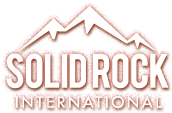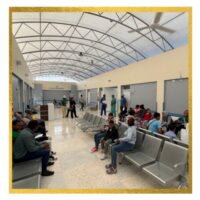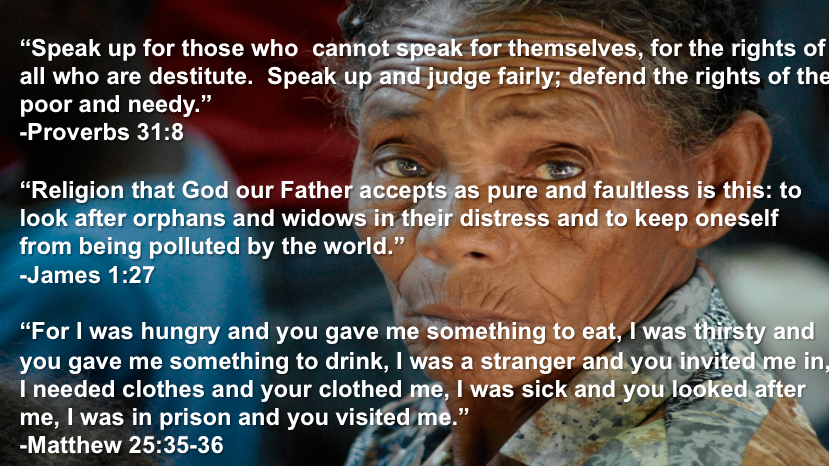By: Shannon Zimmerman, SRI Director of Development
Sometimes really horrible things happen in life. And horrible things relating to one’s health and wellbeing tend to be some of the most difficult to deal with. In the middle of those horrible things, it’s hard to think past the present pain and suffering, or more difficult yet – to see it as a learning opportunity for the future. While living in the Dominican Republic and serving as Guesthouse Administrators from October 2008 to March 2011 with my husband Joe (SRI Executive Director), we personally experienced one of those horrible things relating to health when I was diagnosed with thyroid cancer. Little did we know at the time that this particular horrible thing would later be used in such a powerful way.
The Diagnosis
I’ve had thyroid disease since 2007 when I was diagnosed with Hashimoto’s Disease, an autoimmune form of low-thyroid. I first noticed the development of a goiter and eventually got used to the fullness in my neck. In early 2010, I remember talking in the SRI guesthouse kitchen with a doctor friend of mine and describing to her an increased fullness I felt in my neck. I didn’t think too much of it since my thyroid was slowly “dying off” due to my disease, but it concerned me enough to ask about it. My friend wrote me a script for an ultrasound to have a look, and this is where the adventure began.
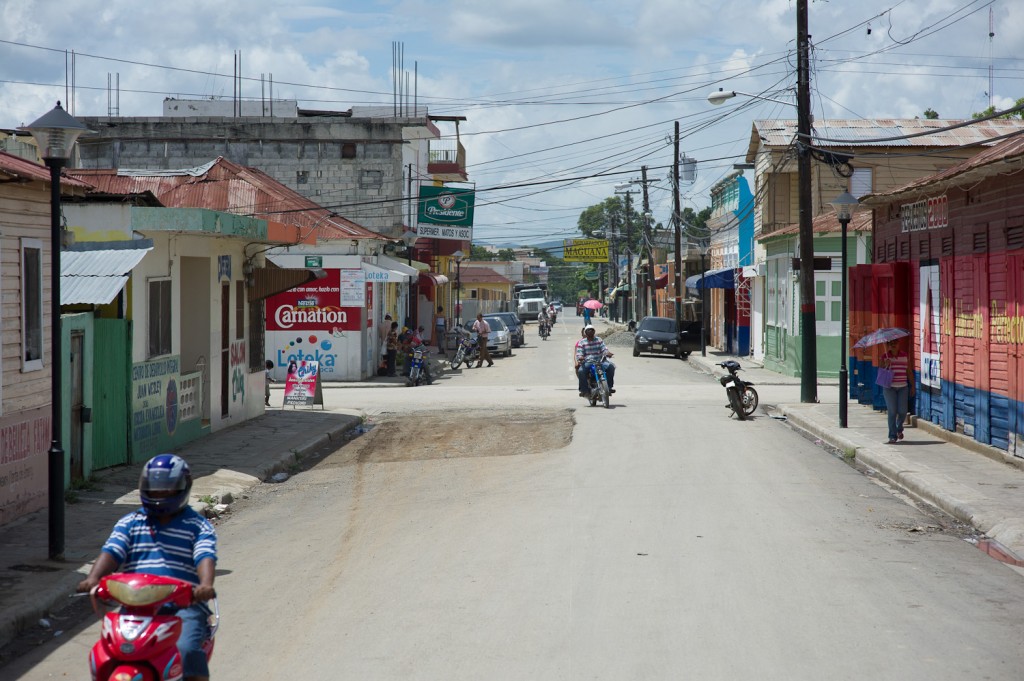
I remember Joe and I didn’t think much of it as we drove across town to a little clinic recommended to us that did ultrasounds (the SRI-sponsored Christian Clinic did not have an ultrasound machine at the time, nor do many other clinics and hospitals). I also went with the expectation that we might not get very clear results as medical machines in the DR tend to be older and medical personnel have much less training in general compared to those in the States. Nevertheless, we went hoping to get some answers.
The waiting room was a small, one-room, open-air building with several rows of chairs. A few others waited patiently as there was only one technician to read and report results and he happened to be at lunch. After waiting for quite some time, the technician never returned and we were told to come back another day. We returned again, and after sitting for about 30 minutes or so it was my turn. Joe and I entered another small room where I had my neck ultrasound. After scanning and taking pictures, the technician reported that I had a large ganglio on the right side of my neck. “Wonderful,” I thought to myself, “I have no clue what that is.” Unfortunately with my high level of Spanish, there are still many words, especially medical terms, that I often times do not know. After thanking the doctor and setting up a time to later come back and pick up printed copies of my results, we rushed home to the Spanish/English dictionary.
Lymph node ended up being the translation after reviewing our conversation and looking up a few words. It was somewhat of a relief, but now we had to figure out why. I felt absolutely fine and had no other symptoms I could think of. After a few days of emailing back and forth with an American friend we had in the capital, he was able to suggest to us a doctor who could see me and order further tests. I called the office and scheduled an appointment a few weeks out for the next time that we would make the three hour drive there. The capital city, Santo Domingo, is where most of the best doctors, medical equipment, and laboratories are located. For more serious and/or more specific conditions that require testing, it is just a part of life that one would have to travel there. Luckily, Joe and I traveled there every weekend to drop off the current team of SRI volunteers and pick up the next group. We even had our own truck and could drive as fast as we wanted, of which Joe, of course, took full advantage most Fridays. For the average Sanjuanero living in poverty, however, he/she would have to purchase a bus ticket, then arrange transportation and probable lodging once there in the city. This becomes quite difficult if not impossible for many due to cost alone, not even including the doctor bills.
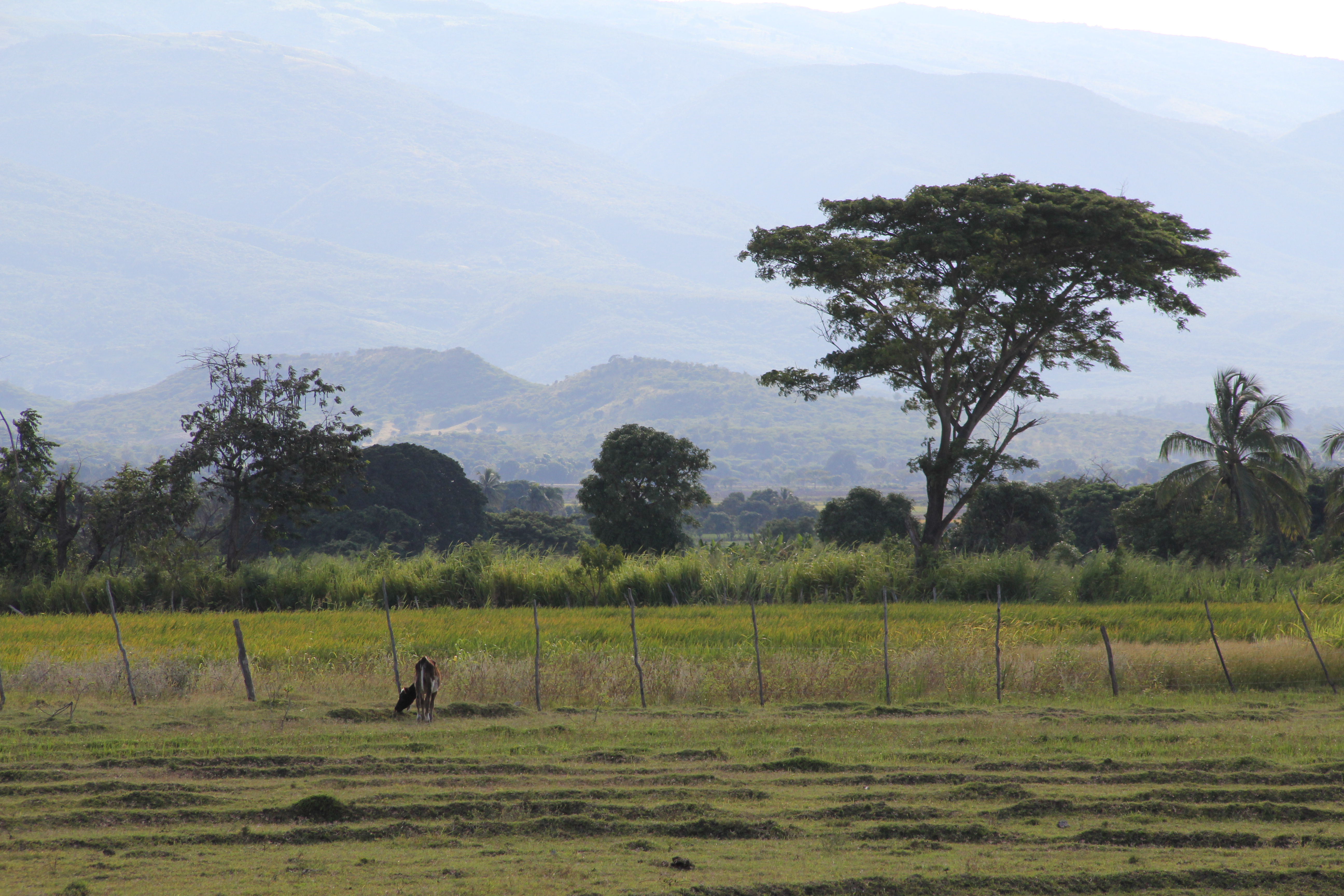
When the day came for my appointment, I remember getting a general physical and the doctor saying I appeared to be in good health minus my swollen neck. I showed her my ultrasound pictures I had later picked up and paid for at the clinic in San Juan. She gave me some scripts for several labs that I would need done to rule out the various causes of swollen lymph nodes. The office building in which both the doctor’s office and lab were located was much nicer than the ultrasound clinic in San Juan as it was air-conditioned and reminded me somewhat of an American building. I had some blood work done that day and was told my doctor would be given the results.
Between that initial visit, I remember various frustrating phone calls I made to that doctor from my apartment in San Juan. Did she have my results yet? When do I come in again? It took several weeks to finally get my next appointment scheduled, still without any knowledge of my lab results. I went in and found that those labs had come back normal, but I needed more to rule out some other possibilities. It was basically the same thing again – repeatedly calling for several weeks, waiting for another appointment time. I went in a third time, this time to a specialist. He said I would need CT scan and said it had to be done in La Plaza de Salud, which was in a different building in a different part of town. Joe and I had run out of time to go that weekend, but we would have several hours free the following weekend, so we planned to go then.
Once back in the capital, we found La Plaza de Salud and the correct building for the CT scan. This building was very crowded, had worn down furniture, and was just dirtier in general. After giving my order to someone, we were first directed to go get more blood work. We walked across the building to wait in the lab area. After waiting maybe 30 minutes or so, I paid for the lab services and went back and had my blood drawn. They said it was a test of some sort needed in order to get a CT. After getting the blood drawn, we waited again for the results. After about 30 minutes, I was handed a piece of paper and directed to go back to the first desk I had visited. I handed them my results and was sent to another desk, where I would have to purchase the contrast that would be injected into me for the CT scan. This was definitely turning into a long day! We went to another desk across the building where we waited in line for a while to pay for my little bag of contrast as well as my CT procedure. Back to the first desk we went with my blood work results, blood work payment receipt, bag of contrast, bag of contrast payment receipt, and CT scan payment receipt. We waited again.
Finally, I was called to the desk where I presented all of my papers and handed over my bag of contrast. I was directed to a little room where I put on a gown, then went into another little room with about five other people dressed in gowns waiting for the same procedure. After a while, my name was called, but it wasn’t yet time for the scan. I sat at a table where they started an IV in my right arm. I am not afraid of needles and get blood work done all the time to check my thyroid levels, and never had it felt as painful as that IV. I figured they maybe only had larger needles available so I tried not to show discomfort. Back to the waiting room I went where I would then wait my turn for the scan itself. In the meantime, my arm still hurt very badly and I could hardly move it. I decided that perhaps the needle wasn’t in properly, and expressed my concern to the nurse who came once my name was called. She fidgeted with it for a minute and said it was fine.
I went into a room with a worn-looking bed and a worn-looking machine and was told to lie down. I immediately started crying. Partially because I was exhausted by the whole experience that had so far taken several hours and partially because the needle in my arm was seriously hurting a lot. The technician was nice and tried to calm me down and hooked my IV up to a tube. I had had a CT scan done before in the States where a machine would automatically inject the contrast at the correct time during the scan. This time, the technician stood behind me and manually injected it. It was not comfortable at all and I couldn’t wait to get the needle out of my arm. After the scan, I was told to get dressed and had a difficult time with the painful needle still aching my arm. Maybe it was lost in translation, but I was told I could go and still had the needle stuck in me. They finally removed it and we were told the doctor would be sent the results. The following day I had a disgusting bruise on my arm that was about a foot long (we also later discovered the scan wasn’t even readable as the contrast was injected at an improper time).
Another few weeks went by as we tried to get confirmation that the new doctor had received the CT scan results. The entire process was taking forever and several months had passed since my initial ultrasound I had had done in town. We finally got another appointment where the doctor first required that we go back and pick up the CT scan results to bring to him. After reviewing the results, he said I would need a biopsy of the lymph node and that it would be a simple in-office procedure. We came back a few weeks later expecting to the get biopsy, but were told that he actually wanted to remove the lymph node entirely. This would be a surgical procedure we would have to schedule with a different hospital.
That was it. This was absolute insanity to us. Our frustration had been building for months and luckily we had an upcoming vacation scheduled to the States. We were exhausted from long hours in waiting rooms with hardly any answers, difficult communication with scheduling appointments, and the broken promises from the doctor. We never did get the lymph node removed in the Dominican Republic, and thank GOD we didn’t.
Once we arrived in the States, we were so lovingly cared for by SRI volunteer friends of ours from Georgia. We were able to go in immediately for a biopsy and got the test results the next day. The news was surprising, as the ganglio was not actually a ganglio, but part of my thyroid, and the results were Papillary Thyroid Carcinoma. The story from here will have to be saved for another time, but while we were shocked by the cancer diagnosis, we were also relieved to finally know what it was.
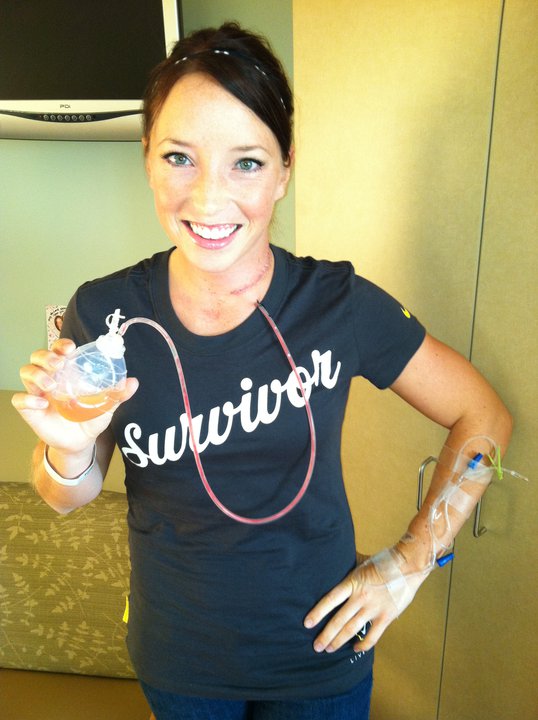
The Takeaway
While Joe and I were definitely consumed with surgeries, treatments, and waiting on test results for the next year, we were most definitely focused on just making it through each day. We spent very little time thinking about it as a learning opportunity for the future or speculating how it might be used for good someday. After getting my first “all clear” on August 31, 2011, it felt like a cloud had been lifted and we could finally move on with our lives. By this time, we had moved back to the States in March 2011 and took new positions with Solid Rock International with Joe as Executive Director and I as Director of Development.
Fast forward to 2013 and everything begins to take shape. We are in the middle of promoting SRI’s biggest capital campaign yet – a new clinic in San Juan. Why is better healthcare important in the DR? What’s the big deal if there are already clinics in San Juan and people can just go to the capital? Is there really a need? I have the answers to these questions because I have lived it. And not only have I experienced the Dominican healthcare system, but I have experienced it as a rich, white American. I had connections to the best the country had to offer and had an awfully difficult time. It was confusing, expensive, and drawn-out for months. I felt lost, forgotten, and unimportant. Again, I was a rich, white American who could pay for whatever I needed.
About a year ago Joe and I were in San Juan working with a small crew to film the promotional video for the new clinic. One day we filmed an interview with a patient who was poor and had been denied even getting an appointment with a local doctor only because she appeared poor, with no opportunity to even explain her disease. She was turned away time and time again by the public hospital but was eventually given a reduced cost surgery at the SRI-sponsored clinic next to the guesthouse. I was suddenly struck with the thought of a poor Dominican girl with my condition. She wouldn’t have survived! Thyroid cancer is very treatable in the States, but in the DR without money, transportation, lodging, or being educated on the importance of healthcare, I would not have lived as a Dominican girl living in poverty.
It’s not fair. It’s not right. It’s really, really sad and frustrating. But it’s the truth. It’s also one thing to hear about poor people, to hear stories about sick people without hope, to hear there is a need. But to experience it personally, well, that’s just life-changing. So now here I am. Promoting the REVOLUTION Campaign not only because the people of the Dominican Republic need it, but because I have personally experienced the need. The healthcare system was a nightmare I was able to escape, but there are many who cannot, many who are completely without hope.
I went through some very difficult times. But while there was pain and suffering for a time, I can now see a bit more clearly. I can now see part of the bigger picture and how my experience can be used for good. The need is real. I believe with all my heart that it’s time for a REVOLUTION.
And we know that in all things God works for the good of those who love him, who have been called according to his purpose. -Romans 8:28
